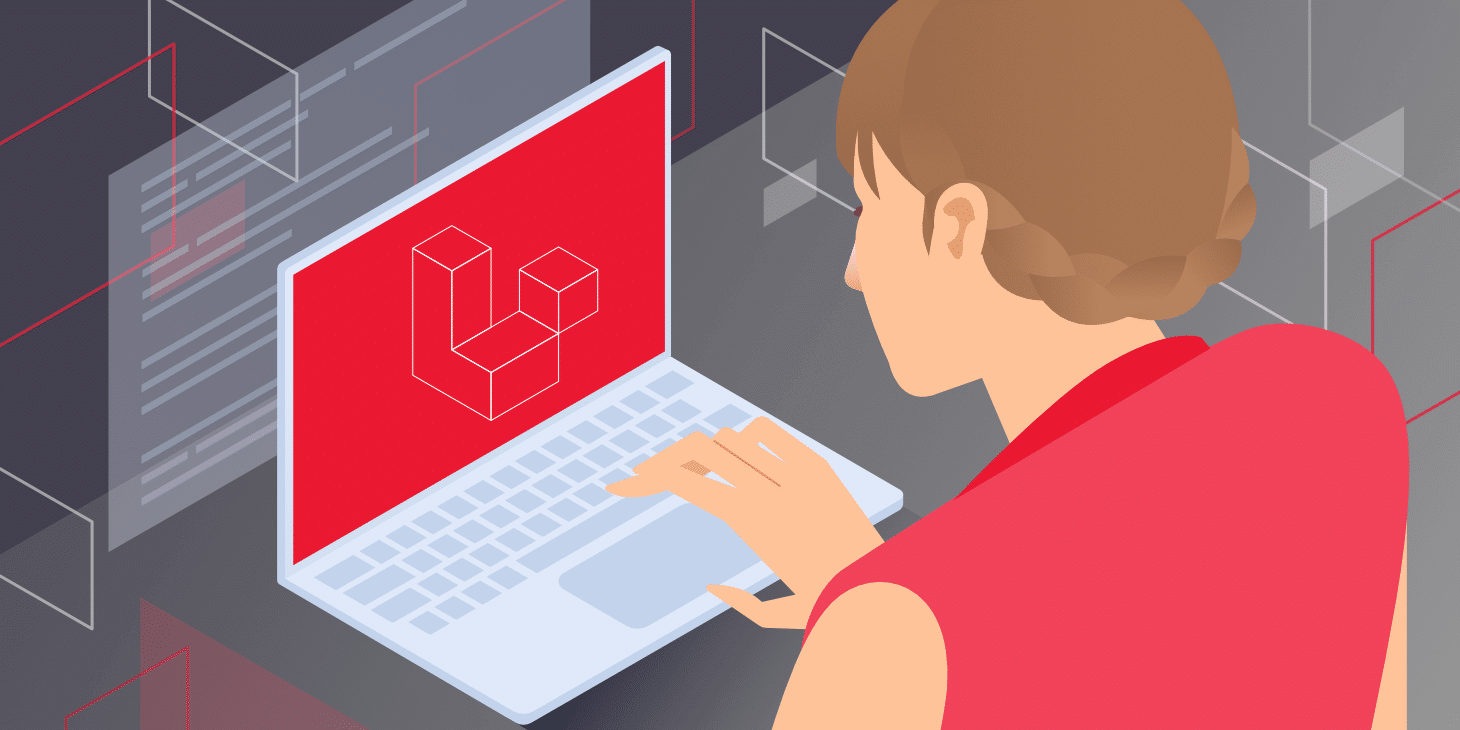Phone:
(701)814-6992
Physical address:
6296 Donnelly Plaza
Ratkeville, Bahamas.

Laravel has revolutionized how web applications are created by simplifying everyday tasks in web projects. From its elegant syntax to advanced features, the PHP framework has become an essential tool for developers.
Whether you are starting with Laravel or looking to refine your skills, there are certain core features that you should master to make the most out of this robust framework.
Below, we’ll explore these quintessential Laravel features that can enhance any developer’s toolkit.

Another powerful feature within Laravel is Eloquent ORM (Object-Relational Mapping), a sophisticated tool for database interactions. Its elegant, fluent interface simplifies interacting with database models and relationships. With Eloquent ORM, data manipulation is object-oriented and significantly less verbose, reducing the risk of SQL injection attacks.
The ORM allows intuitive and simple operations, such as retrieving and updating data across different database tables, without writing complex SQL queries. Through Eloquent, developers can construct queries using PHP methods and properties, an approach that is more accessible and easier to understand for those familiar with object-oriented programming.
Additionally, Eloquent ORM integrates seamlessly with Laravel’s database migrations, maintaining the database’s structure and integrity over time. This integration allows developers to define their database schema in code, which can be controlled through Laravel’s versioning tools, aiding in collaborative environments and deployment processes.
Empowering developers further in database management, Eloquent ORM features a wide array of functions and methods that cater to complex relationships and data retrieval patterns. Whether dealing with simple queries or managing eager loading and dynamic relationships, Eloquent’s flexibility is unmatched, making it a cherished asset in Laravel web development.

Blade is Laravel’s built-in templating engine, revered for its power to generate dynamic content seamlessly. The engine uses a syntax familiar to PHP developers, yet offers performance optimizations by caching the compiled templates. Blade provides an elegant way to couple data with HTML templates, resulting in cleaner and more readable code.
One of Blade’s major strengths is template inheritance, which allows developers to define and extend a base layout across different views. This removes the redundancy of writing the same HTML structures on multiple pages, such as headers and footers. It also provides a centralized place to make layout changes instantly reflected across the entire application.
Aside from inheritance, Blade facilitates data display and manipulation with simple directives, loops, and conditional statements. These features enable developers to create intricate views with minimized complexity. Creating forms, iterating through data sets, and implementing user authentication views become streamlined processes with Blade.
Moreover, Blade is extendable. This means developers can create custom directives that provide a new level of functionality to views. This extensibility leads to highly maintainable codebases and a tidier presentation layer. By mastering Blade, Laravel developers can efficiently craft responsive and dynamic interfaces.
Artisan is the command-line interface included with Laravel, and it deserves recognition for its ability to streamline repetitive programming tasks. Artisan can perform various functions, from initializing framework components to migrating and seeding databases. Its utility in automating tasks can save developers hours of manual work.
The Artisan CLI is not just a tool for automation; it’s also integral for scaffolding various parts of an application. Developers can quickly generate boilerplate code for controllers, models, and migrations, consequently allowing for focusing on the application’s unique functionality. Such scaffolding is a timesaver and encourages best practices and consistency within the codebase.
Through Artisan, Laravel also allows developers to create custom commands to suit specific needs. These commands can be integrated into the application’s workflow, thus creating a powerful and personalized development experience. Artisan is, therefore, a facilitating tool and a platform for customization and empowerment.
As developers become more comfortable with the Artisan CLI, it becomes an irreplaceable component of Laravel development. It demonstrates the framework’s commitment to efficiency and developer productivity and showcases Laravel’s philosophy that development should be an enjoyable, creative experience.
Overall, mastering key Laravel features like Eloquent ORM, Blade templating, and Artisan CLI significantly enhances a developer’s ability to create efficient, dynamic web applications. By leveraging these powerful tools, developers can streamline workflow, reduce complexity, and easily build robust applications.